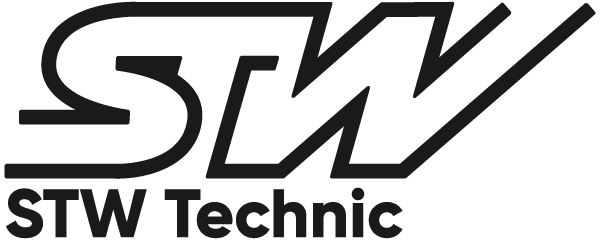November 15, 2020
New Brand + New Style

VDSR has been rebranded to better convey the messages of ease of use, sophistication, and user-centered design. Say hello to Reach! – the same software application that you love with new enhancements and features, but with a rebranded, user-friendly, and exciting new user interface. We are pretty excited about our new logo and brand identity, but more importantly, we are excited for the beginning of a new era in telematics with many more improvements to come.
Reach Apps

We have expanded the capabilities of our Device Apps feature to offer you a more intuitive interface and help you make use of the new capabilities of the device right out of the box. Now you have the ability to import some of the applications created by our Development. We are starting with 3 new applications to send logged data directly to 3rd party servers such as Azure and AWS, and are planning on adding more in the future.
Frequency Input Support
We have added support to read frequency information and duty cycle for our Analog input 1, you don’t have to do any special configuration simply set your input as a voltage type, and we will calculate the frequency and duty cycles behind the scene and make it available for logging and live diagnostics. Reference: Input_1_Frequency in system variables.
Multipacket Messages

Now you have support for multipacket protocols when creating new J1939 proprietary messages on Reach. Simply edit an existing PGN or create a new one and select between No multipacket protocol, BAM, or NMEA.
Release Notes
- STW Technic, LP presents the rebranding of VDSR to Reach. With an updated styling comes a host of new features to improve the experience and capabilities of configuring your STW devices and monitoring your machines and vehicles.
- The Device App feature now supports data streaming capabilities from TCG devices to third-party servers such as Amazon and Azure. We also added the capability to send JSON formatted data via POST to the desired URL, and also to log CAN bus traces to a file on the device.
- Expanded the remote device flashing capabilities of our system by adding support for 3rd party controllers.
- Various loading animations/icons have been added to reduce uncertainty about the status of an action (clicking a log job in the profile section may take some time for the popup to appear, for instance).
- Added numerous J1939 PGNs and SPNs to our J1939 library. Also included support for NMEA (fast packet) and BAM (broadcast announce message) multipacket protocols.
- Device variables for reading the frequency and duty cycle of Voltage Input 1 have been added.
- Improved Tech Support security by allowing clients to control the parent company’s access to the account.
- Deleting a Diagnostics gauge now prompts the user to confirm the delete action.
Bug Fixes
- Files uploaded to the USB or Device Apps sections are not only checked for filename conflicts, but also now for file content conflicts. This prevents the same file with a different name from being uploaded.
- Fixed an issue with the Diagnostics text widget where it was showing the range value (ex: 0 – 50) instead of the interpreted text value.
- Fixed an issue where the Dashboard map would not auto-update/center after applying an online status filter, and then applying a group filter.
- A page refresh is no longer required to see status changes when assigning a new profile to a device, or when changing a device’s auto-update status, in the device configuration area.
- Files uploaded to the USB or Device Apps sections are not only checked for filename conflicts, but also now for file content conflicts. This prevents the same file with a different name from being uploaded.
- Fixed an issue with the Diagnostics text widget where it was showing the range value (ex: 0 – 50) instead of the interpreted text value.
- Fixed an issue where the Dashboard map would not auto-update/center after applying an online status filter, and then applying a group filter.
- A page refresh is no longer required to see status changes when assigning a new profile to a device, or when changing a device’s auto-update status, in the device configuration area.
